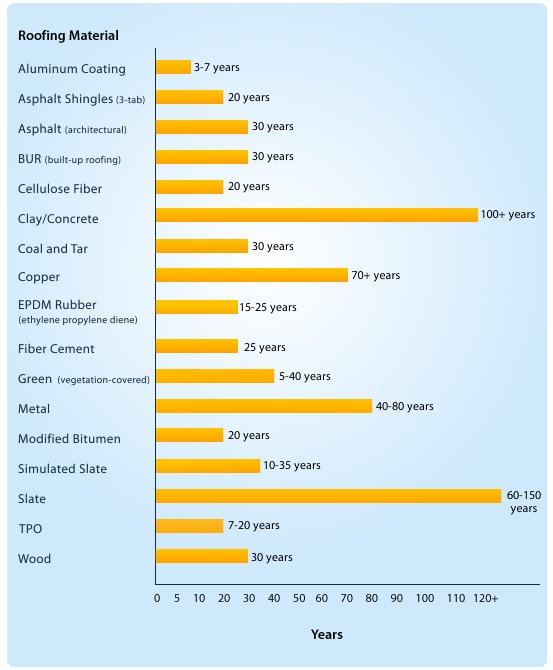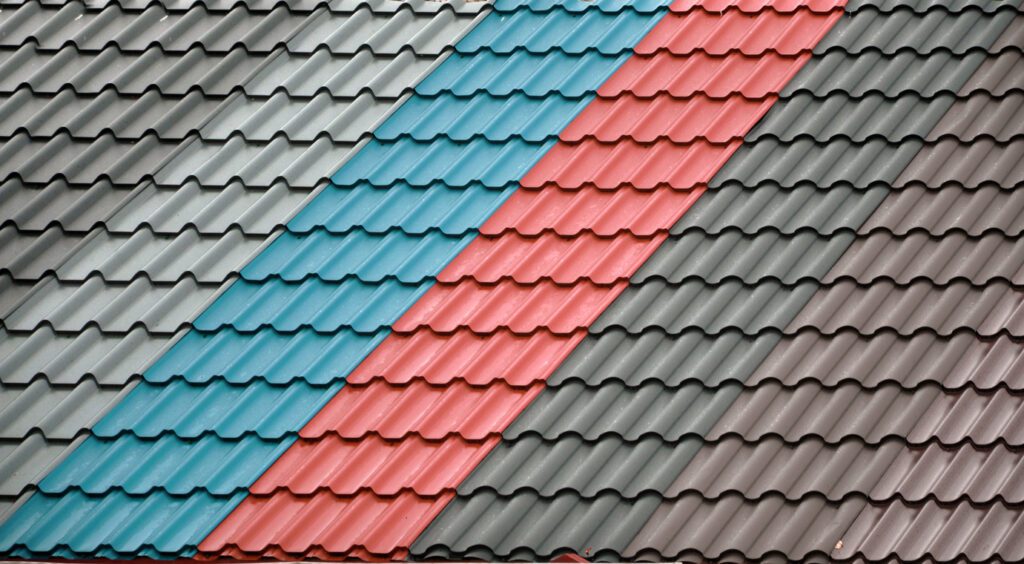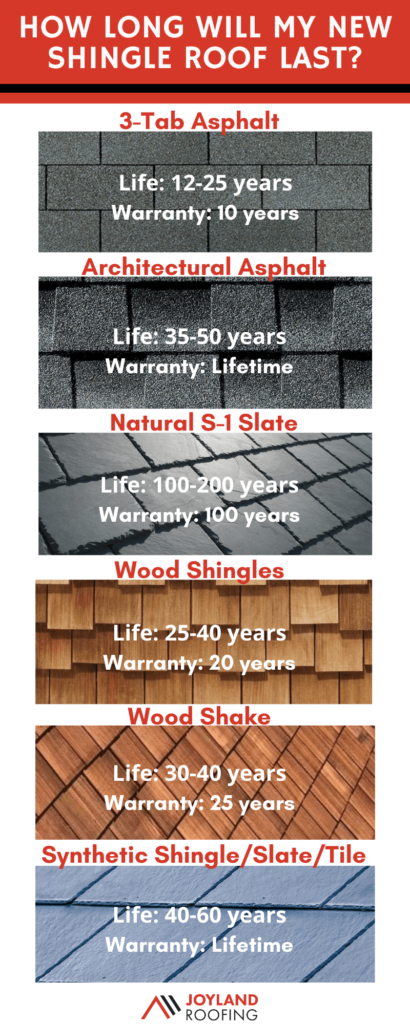If you’ve ever wondered which roof type stands the test of time, we’ve got the answers for you. In this article, we’ll explore the various roofing options available and reveal which one reigns supreme in terms of durability. Whether you’re planning a new roof installation or simply curious about extending the lifespan of your current roof, this comprehensive guide has all the information you need. So buckle up as we embark on an enlightening journey to discover the longest lasting roof type.

Overview
Choosing the right roofing material is crucial as it directly impacts how long your roof will last. With so many options available, it can be overwhelming to determine which one is the best for your home. In this comprehensive article, we will explore the advantages, disadvantages, and factors influencing the longevity of various roofing materials. By understanding these factors, you can make an informed decision and ensure that your roof stands the test of time.
Introduction
A durable and long-lasting roof is essential for the protection and aesthetics of your home. It shields you from the elements, provides insulation, and adds value to your property. The longevity of a roof depends on many factors, including the quality of the materials used, the installation process, and the maintenance and care it receives over time. Let’s delve deeper into the different roofing materials and what makes them last.
Factors that Affect Longevity of Roofing Materials
Before we explore the specific roofing materials, it’s important to understand the common factors that can influence the longevity of any roof. These factors include the climate and weather conditions in your area, the quality of the installation, the maintenance and repairs performed, and the overall durability of the material chosen.
Metal Roof
Metal roofs have gained popularity in recent years due to their durability and longevity. They are typically made of steel, aluminum, or copper and can last for several decades.
Advantages
Metal roofs are known for their exceptional durability. They can withstand harsh weather conditions, such as heavy rain, hail, and strong winds, without sustaining significant damage. Metal roofs are also fire-resistant, making them an excellent choice for areas prone to wildfires. Furthermore, they require minimal maintenance and are resistant to moss and mold growth.
Disadvantages
One of the primary disadvantages of metal roofs is their initial cost. They tend to be more expensive than other roofing materials, but this cost is often offset by their longevity. Additionally, metal roofs can be noisy during heavy rain or hailstorms, although proper insulation can mitigate this issue.
Factors Influencing Longevity
The longevity of a metal roof depends on various factors, such as the quality of the installation, the type of metal used, and the maintenance performed. Proper installation techniques and regular inspections can help identify and address any issues early on, prolonging the life of the roof.

Clay Tile Roof
Clay tile roofs are known for their aesthetic appeal and longevity. They have been used for centuries and can be found in various architectural styles.
Advantages
Clay tile roofs are highly durable and can last for over 100 years with proper care. They are resistant to fire, insect damage, and rot. Additionally, clay tiles retain their color and do not fade over time, maintaining the visual appeal of your home.
Disadvantages
Clay tile roofs are heavy, and not all structures are suitable for supporting their weight. Reinforcements may be necessary to ensure the structural integrity of the building. Additionally, clay tiles are fragile and can crack if walked on, so regular inspections by professionals are crucial for maintenance.
Factors Influencing Longevity
The longevity of a clay tile roof is heavily influenced by the quality of the installation and the regular maintenance it receives. Cracked or broken tiles should be promptly replaced to prevent water leakage. Proper maintenance and periodic inspections can help identify any minor issues before they escalate into major problems.
Slate Roof
Slate roofs are renowned for their elegance and durability. They have a timeless appeal and can significantly enhance the aesthetic value of any home.
Advantages
Slate roofs have an exceptionally long lifespan, with some roofs lasting well over a century. They are resistant to fire, insects, and rot. Additionally, slate tiles come in a variety of colors and textures, allowing homeowners to choose a style that suits their preferences.
Disadvantages
One of the primary disadvantages of a slate roof is its weight. Like clay tiles, slate is heavy, and the structure must be able to support the load. Installation can be complex and requires skilled professionals with experience in working with slate. Furthermore, slate tiles can break if stepped on or subjected to heavy impact.
Factors Influencing Longevity
Proper installation techniques, regular inspections, and careful maintenance are crucial for maximizing the longevity of a slate roof. Replacing any damaged tiles and ensuring that the roof is free from debris and vegetation can help prevent water damage and maintain the roof’s longevity.

Asphalt Shingle Roof
Asphalt shingle roofs are one of the most common roofing options due to their affordability and ease of installation.
Advantages
Asphalt shingle roofs are cost-effective and come in a wide range of colors and styles, allowing homeowners to customize their roofs to match their preferences. They are relatively durable and can withstand various weather conditions.
Disadvantages
Compared to other roofing materials, asphalt shingles have a relatively shorter lifespan, typically lasting around 20-30 years. They are susceptible to damage from severe weather, such as hailstorms, and may require more frequent repairs and replacements.
Factors Influencing Longevity
The longevity of an asphalt shingle roof depends on factors such as the quality of the shingles, the installation process, and the maintenance it receives. Regular inspections and repairs, along with proper ventilation, can help prolong the life of an asphalt shingle roof.
Wood Shake Roof
Wood shake roofs have a distinct natural beauty and can enhance the overall aesthetics of a home.
Advantages
Wood shake roofs provide excellent insulation and natural ventilation, helping to regulate the temperature inside the house. They are also visually appealing, giving homes a warm and rustic charm. Additionally, wood shake roofs can be an environmentally friendly choice if the wood is sourced sustainably.
Disadvantages
Wood shake roofs require regular maintenance and care. They are susceptible to mold, rot, and insect infestations. Moreover, wood shake roofs are not fire-resistant, which can be a concern in areas prone to wildfires.
Factors Influencing Longevity
The longevity of a wood shake roof depends on various factors, including the quality of the wood used, proper installation techniques, and regular maintenance. Routine inspections to identify and address any signs of damage, along with proper ventilation, can help extend the life of a wood shake roof.

Concrete Tile Roof
Concrete tile roofs offer durability and a wide range of design options. They are quickly becoming a popular choice for homeowners.
Advantages
Concrete tile roofs are highly durable and can last for over 50 years with proper care. They are resistant to fire, insects, and rot. Additionally, concrete tiles come in various shapes, sizes, and colors, allowing for customization to suit different architectural styles.
Disadvantages
One of the primary disadvantages of concrete tile roofs is their weight. Structural reinforcements may be required to support the load. Additionally, concrete tiles can be brittle and susceptible to cracking if subjected to heavy impact.
Factors Influencing Longevity
Proper installation and regular maintenance are crucial for maximizing the longevity of a concrete tile roof. Inspections should be conducted to identify and replace any damaged tiles promptly. Additionally, clearing the roof of debris and ensuring proper drainage can prevent water damage and prolong its lifespan.
Fiber Cement Roof
Fiber cement roofs are a versatile and durable option that offers a balance between affordability and longevity.
Advantages
Fiber cement roofs are resistant to fire, insects, and rot. They can mimic the appearance of other roofing materials, such as wood or slate, while providing better durability and lower maintenance requirements. Furthermore, fiber cement roofs are lightweight compared to materials like clay or concrete, reducing the need for structural reinforcements.
Disadvantages
While fiber cement roofs are generally durable, they can be susceptible to impact damage if hit with significant force. Additionally, improper installation and inadequate waterproofing can lead to water infiltration and damage.
Factors Influencing Longevity
The longevity of a fiber cement roof depends on factors such as proper installation techniques, routine inspections, and regular maintenance. Prompt repairs of any damaged areas and proper ventilation will help prolong the life of the roof.

Thermoplastic Olefin (TPO) Roof
TPO roofs have gained popularity in commercial and residential buildings for their energy efficiency and durability.
Advantages
TPO roofs offer excellent UV resistance and reflectivity, resulting in energy savings by reducing heat transfer into the building. They are highly resistant to chemicals and punctures. Additionally, TPO roofs are lightweight and easy to install, making them a cost-effective option.
Disadvantages
Compared to some other roofing materials, the longevity of TPO roofs may be relatively shorter. The exact lifespan can vary depending on factors such as the thickness of the membrane and the overall quality of the installation.
Factors Influencing Longevity
Proper installation by experienced professionals and regular maintenance are crucial for maximizing the longevity of a TPO roof. Routine inspections and prompt repairs of any damage or punctures can help extend its lifespan.
EPDM (Ethylene Propylene Diene Monomer) Roof
EPDM roofs are a popular choice for flat or low-slope roofs due to their affordability and durability.
Advantages
EPDM roofs are known for their excellent weather resistance, flexibility, and durability. They can withstand extreme temperature variations without sustaining significant damage. EPDM roofs are also resistant to UV radiation and chemicals.
Disadvantages
EPDM roofs can shrink over time, potentially leading to leaks if not properly installed or maintained. They are also susceptible to punctures from sharp objects or foot traffic.
Factors Influencing Longevity
The longevity of an EPDM roof depends on factors such as the quality of the installation, regular maintenance, and prompt repairs. Periodic inspections should be conducted to identify any signs of damage, and damaged areas should be promptly addressed to prevent water penetration and extend the roof’s lifespan.
In conclusion, the longevity of a roof is affected by various factors, including the choice of roofing material, the quality of installation, and the maintenance and care it receives. Each roofing material has its own advantages, disadvantages, and factors that influence its longevity. By understanding these factors and assessing your specific needs and budget, you can choose the roofing material that will provide long-lasting protection and beauty for your home. Remember to seek professional advice and regular inspections to ensure the longevity of your roof and the safety of your home.